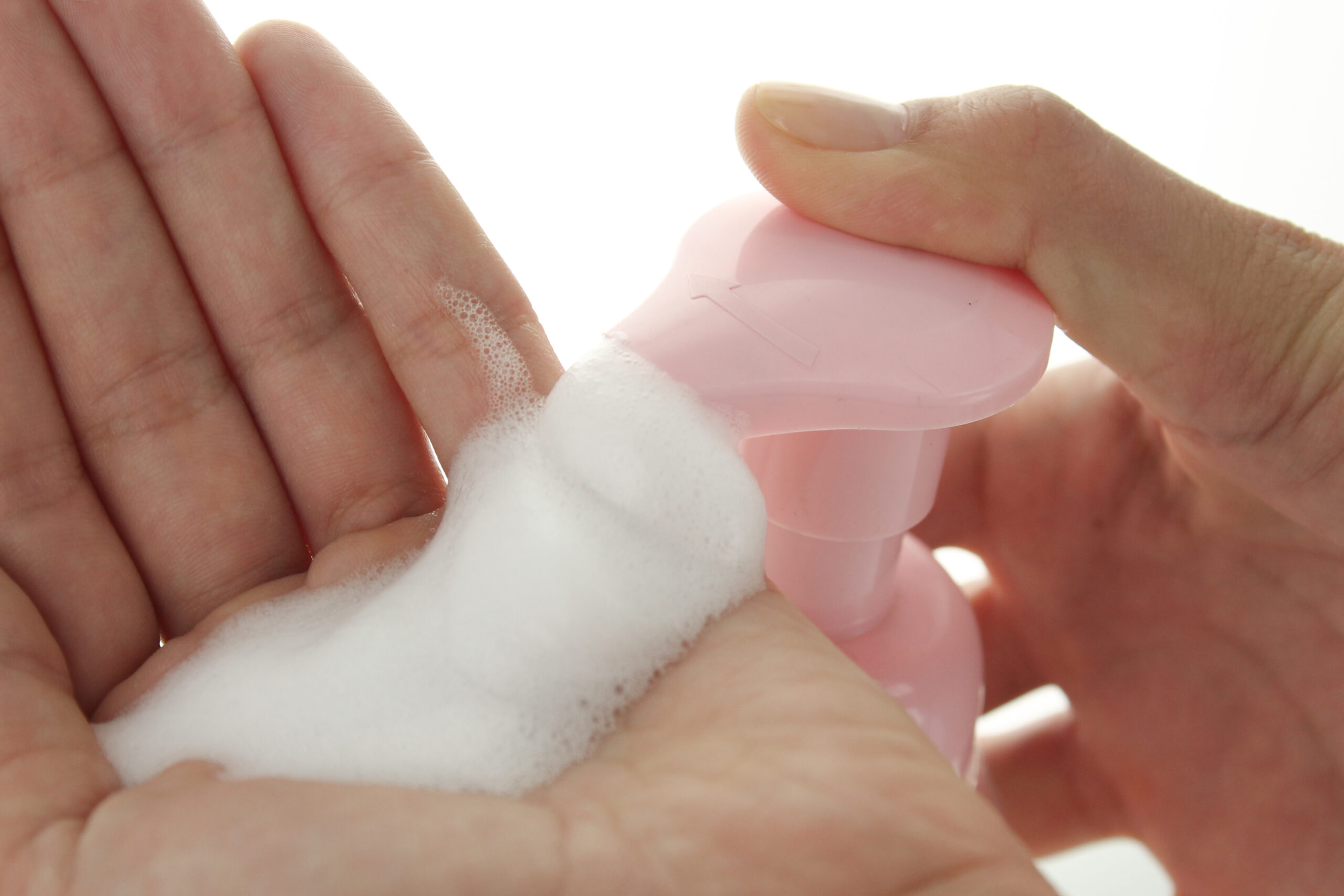By Tamara Mathias
(Reuters Health) – Teaching toddlers in daycare to use hand sanitizers could go a long way in keeping them from falling ill, missing school and reducing their need for antibiotics, a study suggests.
The findings, published in the journal Pediatrics, showed children trained to use hand sanitizer developed fewer respiratory infections and received fewer antibiotics than those left to follow their usual hand-washing procedures or taught to use soap and water.
“Schools are a good place to focus on programs promoting health, as they provide a relatively easy and sustainable way to achieve long-term change in the behavior of the students,” Dr. Ernestina Azor-Martinez of Distrito Sanitario Atención Primaria Almería in Almería, Spain, the study’s lead author, told Reuters Health in an email.
The eight-month study included 911 healthy children aged three and younger at 25 daycare centers in Spain. The centers were randomly divided into three groups. In one group, children were taught to wash their hands with soap and water. In another, children were trained to use hand sanitizer under the supervision of staff or parents. In the third group, no extra training was provided and centers followed their usual procedures.
Parents in the hand-sanitizer group and the soap-and-water group received supplies to use at home.
Researchers found hand sanitizer use was the most effective way to prevent illness.
Altogether there were 5,211 episodes of respiratory infections. Compared to children at centers that didn’t get extra training, children who used hand sanitizers were 23 percent less likely to suffer one of these episodes and 31 percent less likely to receive antibiotics.
Children using soap and water did better than children who didn’t get extra training but were still 21 percent more likely to suffer a respiratory infection than kids who used hand sanitizers and 31 percent more likely to receive antibiotics.
The number of days absent due to respiratory infections was significantly lower in the hand sanitizer group than in the other two groups.
Dr. Kerry-Ann O’Grady of the Institute of Health & Biomedical Innovation at Queensland University of Technology in Australia, who was not involved in the study, commented by email that because parents and staff knew their group assignment, they might have modified other behaviors, too, which would have affected the results. Also, she noted, handwashing had to be supervised by adults only in the sanitizer group, so the thoroughness of the wash probably differed.
Still, she said, the results match those of previous studies and are not surprising.
Dr. Michael Pitt of the Minnesota Masonic Children’s Hospital in Minneapolis agreed. “This was a large study and builds off previous literature. The results are not unexpected, but rather confirm what one would hypothesize,” he said by email.
Azor-Martinez said a lack of handwashing facilities, soap and hand tissues in schools can hinder proper hygiene. Hand sanitizer dispensers offer a low-maintenance alternative, she said.
Pitt, who was not involved in the study, said, “Hand washing isn’t sexy science, but it saves lives.”
“Many serious infections piggyback off of the common cold, ranging from pneumonia to post-viral complications… so this type of work goes beyond decreasing missed days of school and sniffles but preventing serious complications of everyday viruses,” he said.
O’Grady added, “The most common problem with hand hygiene studies is what happens when the study is finished and soap/hand sanitizer is no longer supplied and people are no longer having their hand hygiene monitored . . . the effort to get people to wash their hands properly and regularly is an ongoing challenge.”
SOURCE: Pediatrics, online October 8, 2018.

